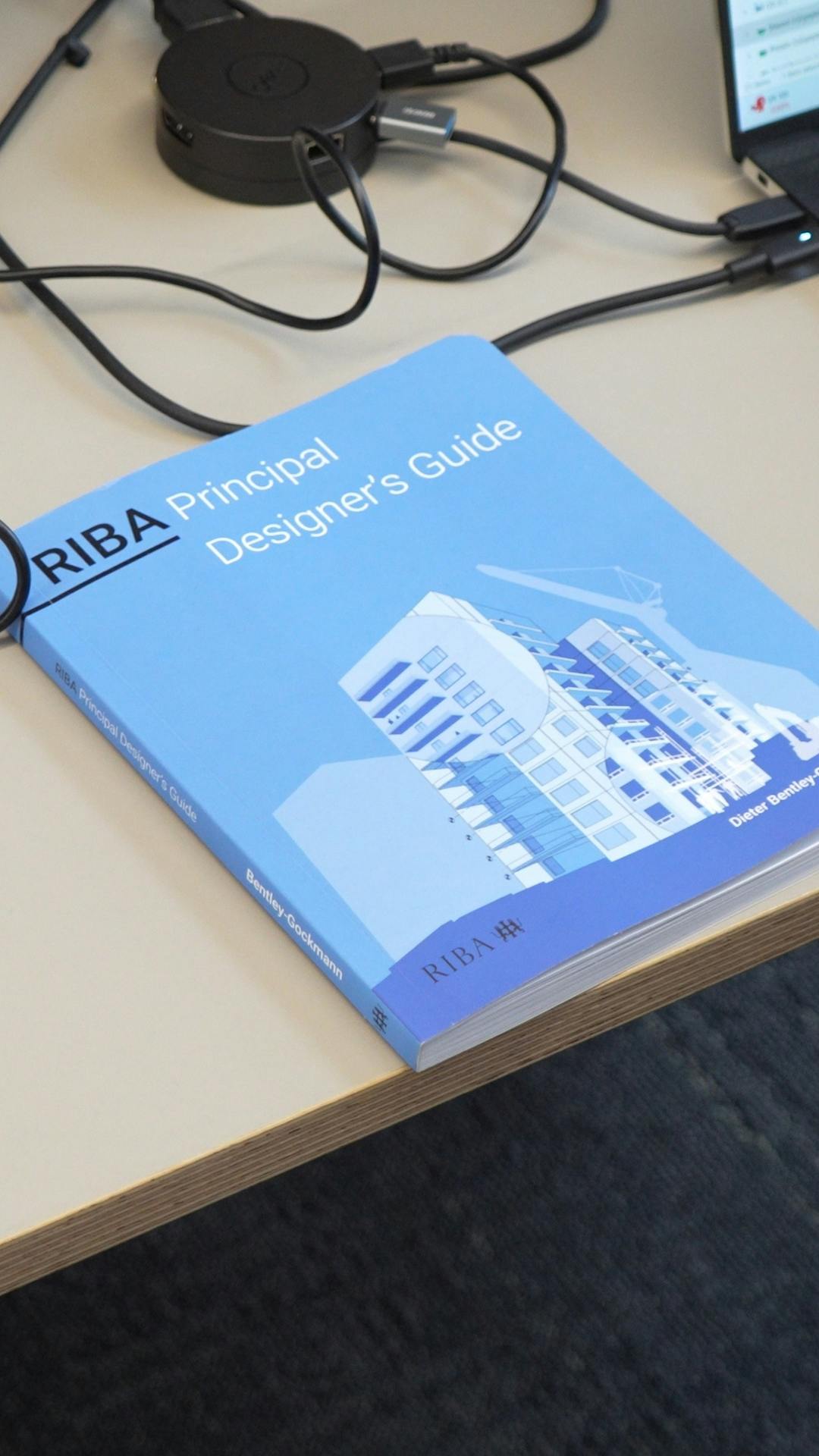

Date: August 24
Author: Tom Jordan
It is now just over seven years since the Grenfell Tower tragedy. It is time to reflect on how the industry has responded and how we, as designers, need to continue to do our best to understand the new legislation now in place.
The Hackitt review and Grenfell Tower Inquiry have exposed substantial faults within our industry. The Building Safety Act and associated secondary legislation was introduced as a result, outlining stringent new roles, among them the Building Regulations principal designer (BRPD) and a stronger regulatory framework to ensure safety and accountability.
For designers, the new legislation is not fundamentally different. We must design to meet the Building Regulations as we always needed to. The onus, however, has shifted for us to prove compliance with the regulations, switching from a reactive to a proactive process. This can only be a good thing for certainty during construction and building compliance more broadly.
The Building Safety Act requires three new dutyholders: the Building Regulations principal designer, the client, and the principal contractor. The BRPD role has been created to plan, manage and monitor the design work to ensure that it complies with the relevant regulations, offering a common understanding and clarity to the lead designer’s role, which is crucial for compliance. As a result, individuals and organisations will take more accountability.
The new legislation brings designers together to ensure a coherent, over-arching strategy for compliance, shifting away from design silos. It is no longer just about being an expert in mechanical systems, fire engineering or fire modelling but making a combined effort across the team.
The BRPD’s role is to ensure that every aspect of the design is being coordinated, as well as producing evidence demonstrating Building Regulations compliance. Designers remain responsible for their designs.
As architects, we are best placed to undertake this role of BRPD as we have always done part of that job. At Barr Gazetas, our rigorous project organisation and internal processes fit well with recording the planning, managing, monitoring and compliance of every project.
When it was first introduced, we recognised that if we as a practice were not prepared to take on the role of BRPD, our projects would likely stall. Our technical team has invested time to fully understand the legislation, the individual responsibilities and our organisational competence. As a team, we have also worked on putting new policies in place for specific parts of the legislation, such as “mandatory occurrence reporting” and “change control”.
We understand that the changes brought by the Building Safety Act generated uncertainty for clients and project managers, so we have worked hard to brief clients, project managers and contractors to help them understand the new regime and obligations. We have also been actively involved in some fantastic knowledge sharing by architects through the ATLG (Architect Technical Lead Group) and our membership of the Wren Mutual.
One new client responsibility is appointing a suitable and competent BRPD. While the mandatory stage at which a BRPD needs to be appointed varies depending on whether it is for high-risk buildings (HRBs) or non-high-risk buildings – either before the Building Regulations approval application or construction phase beginning – we advise our clients to appoint a BRPD at RIBA Stage 2. This ensures best practice, enabling the BRPD to provide suitable planning, managing and monitoring of all the design work from start to finish.
This in-depth understanding of the new role means clients can confidently appoint us as the BRPD, increasing certainty, reducing risk on their projects and fulfilling their legal responsibilities. Projects could therefore progress smoothly through the design stages all the way to construction, avoiding the need to hit pause because no BRPD had been appointed.
However, the biggest change to the way we work as an industry is for HRBs, with the Building Safety Regulator (BSR) now being the only body that can approve Building Regulations applications – a new gateway process which is now mandatory.
Gateway 1 is at planning submission stage. Gateway 2, which is the full approval of the design in relation to the Building Regulations, needs to be complete before construction can begin. Everything is based on the ability to demonstrate how the design achieves compliance for all aspects through documented evidence.
Clients need to understand that procurement will have to be modified, contractor appointments will have to happen earlier and design programmes will have to be longer to allow for the relevant approval periods.
All relevant stakeholders must understand their new responsibilities and how the new legislation impacts them. The legislation does not only help to guide the construction industry in the right direction but is also a crucial framework for the public to regain confidence in the industry so they can use and rely on the buildings we create with certainty.
We are ready to meet the challenge, and I would urge everyone to do the same. It’s here – it’s and not going away!



Please rotate your device